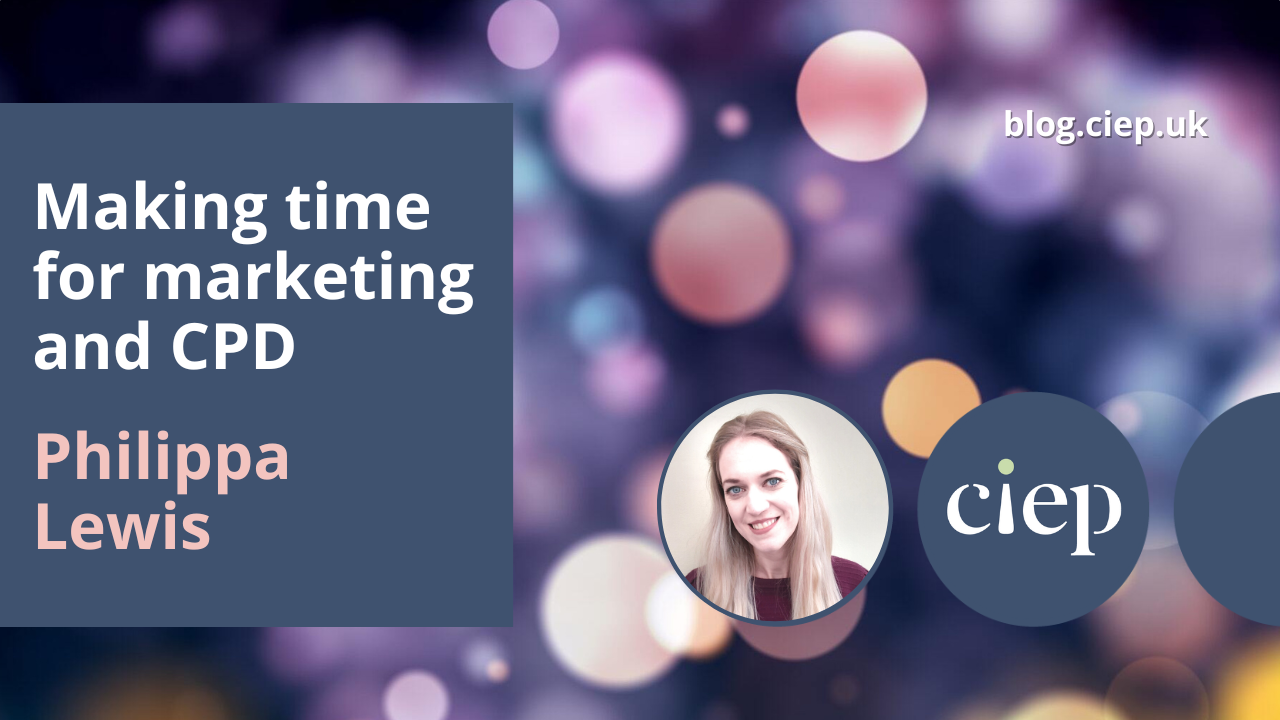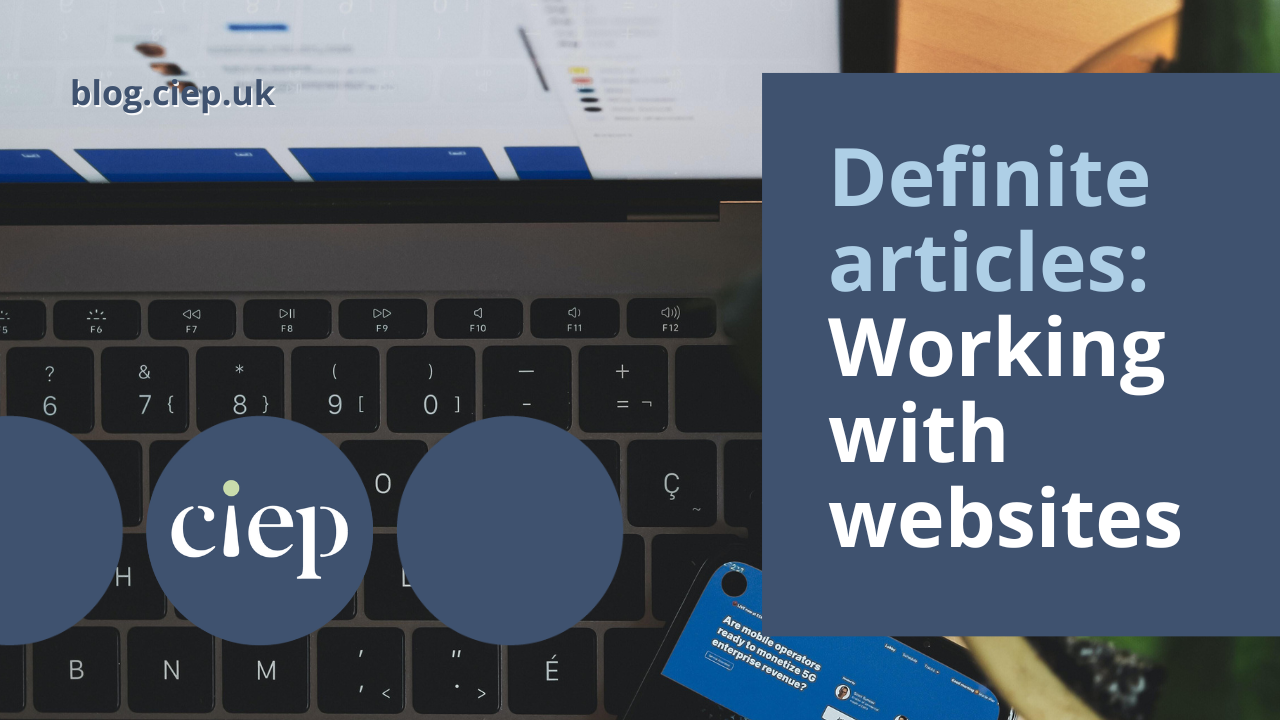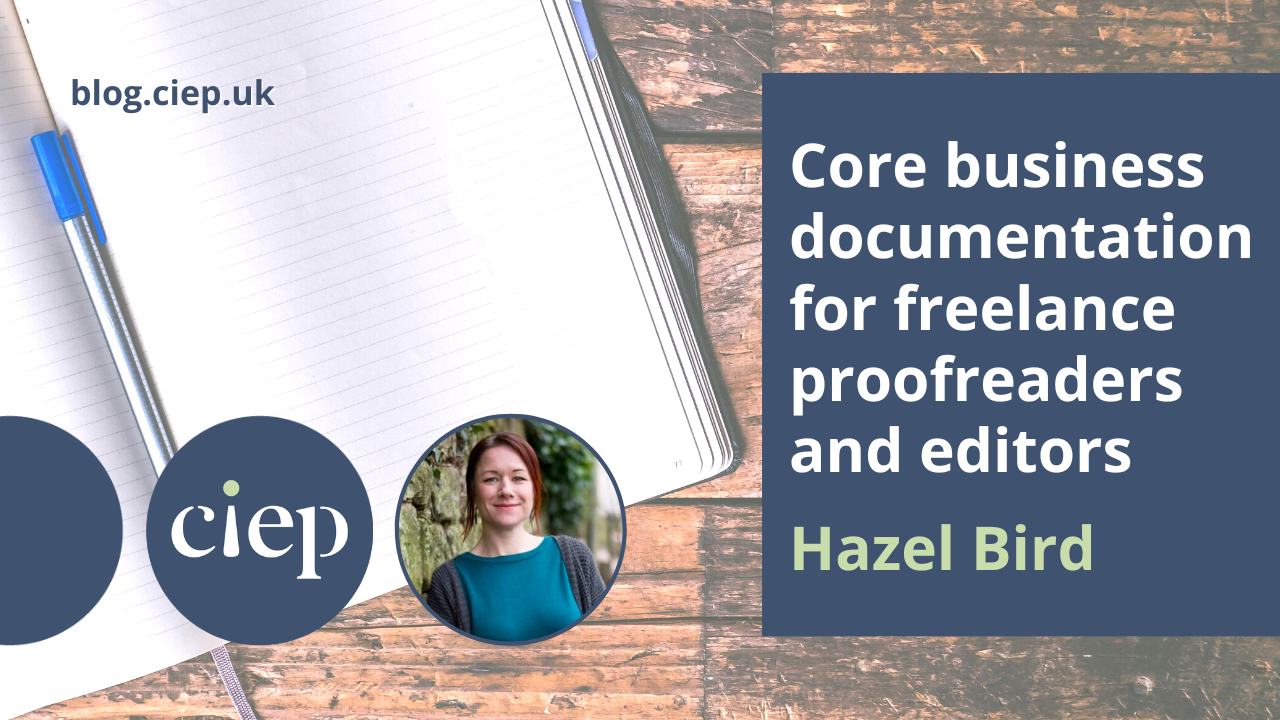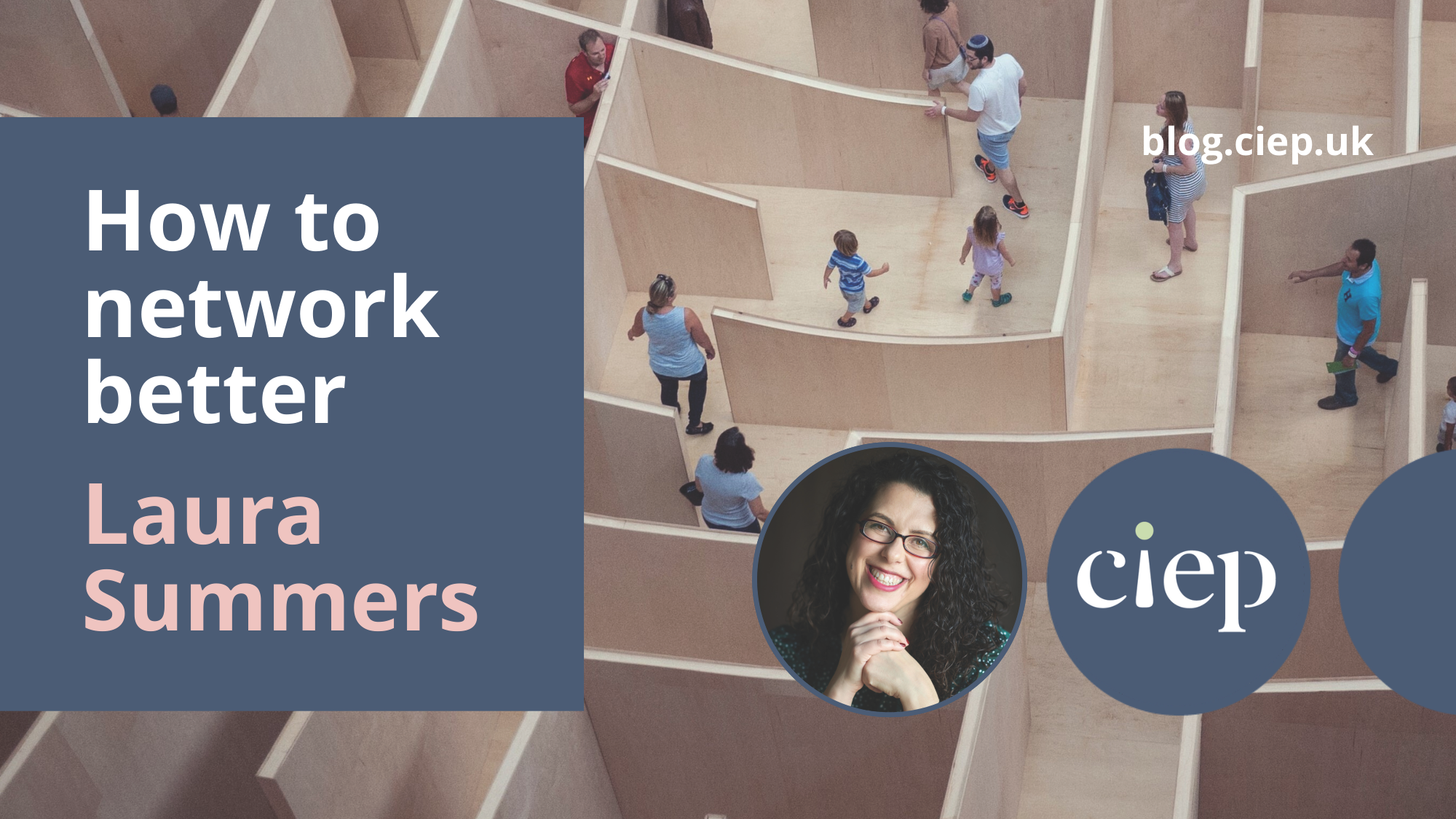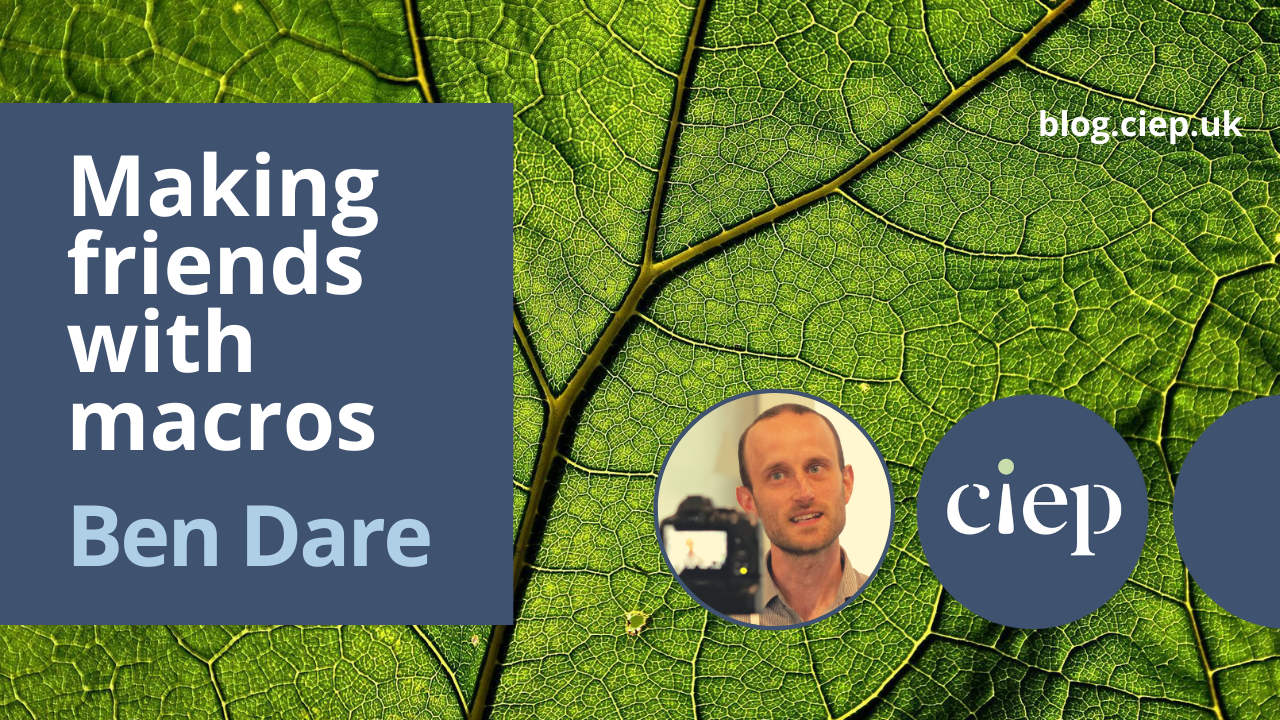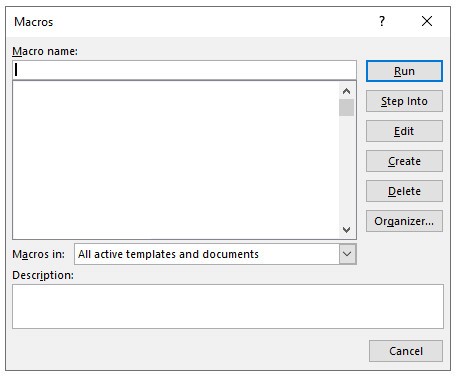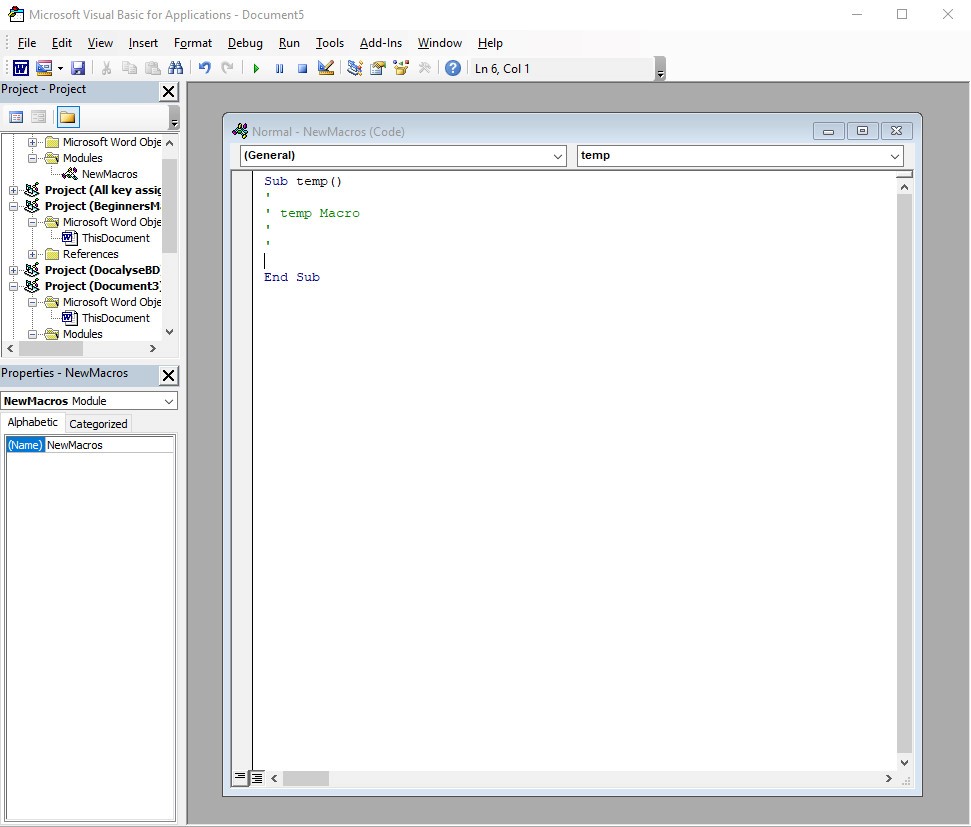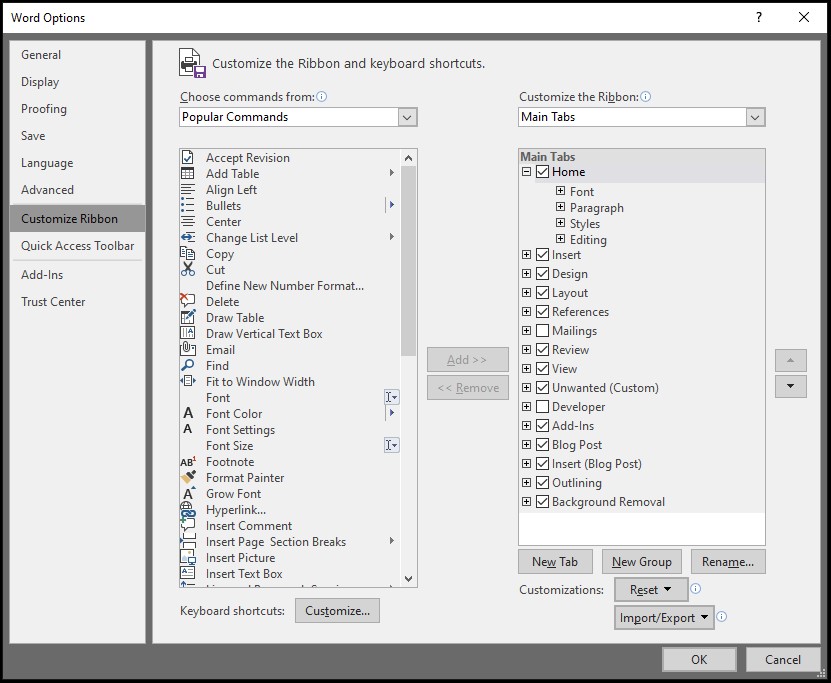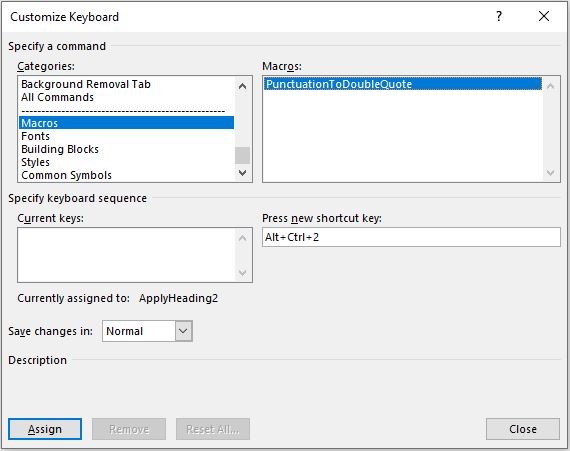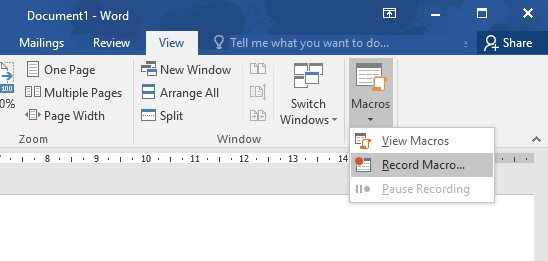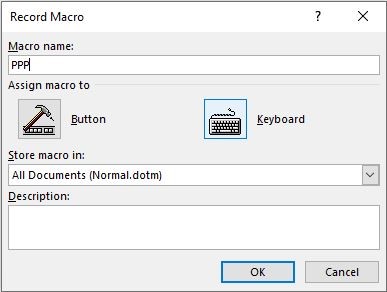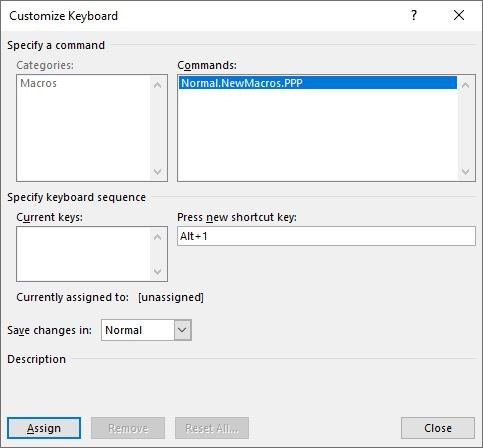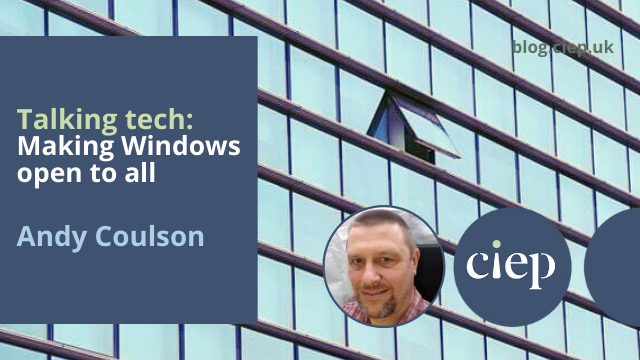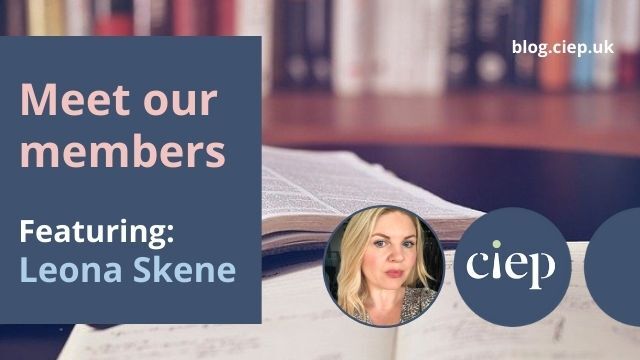One of those age-old questions for freelance editors and proofreaders is how to find time for marketing and continuing professional development (CPD) when other work keeps getting in the way. In this post, Philippa Lewis brings together some approaches that have helped her and other CIEP members.
When I started freelancing, I had no idea how much extra work would be involved on top of actual editing work. Words are my love and joy, and I’m more than happy to spend hours deliberating over every tiny aspect of punctuation, but I found myself completely unprepared for how much time marketing and CPD would take up.
Marketing in particular has been a challenge for me; I find the thought of promoting myself very uncomfortable, and marketing takes up time which I could be spending editing. And I would much, much rather be editing. It’s easy to convince myself that marketing is a waste of time when I could be spending that time completing paid work instead, so most of my attempts at marketing have been squeezed in out of slight desperation when I haven’t had any work booked in.
At the recent CIEP conference, Kia Thomas did an excellent talk about marketing. I really appreciated how matter-of-fact she was about it: as a freelancer, you have no choice but to market your business, so you might as well get on with it. Whether or not you enjoy doing marketing isn’t really relevant, because you still have to do it.
This was a bit of a wake-up call for me, and since then I’ve tried to come up with a system for regularly building marketing and CPD into my working week.
Find what works for you
Editors often talk about setting aside one morning or day a week for CPD and marketing. Having a specific slot for these tasks sounds like an excellent approach, but I always find that when I reach the time I’ve set aside, my latest editing deadline inevitably feels like a higher priority.
I’ve finally realised that a more flexible approach works better for me. I start my week by identifying the CPD and marketing tasks that I want to accomplish. These get written on a post-it and stuck onto my computer monitor; keeping them visible means I can’t forget to do them. I try to identify a mix of quick jobs (like sending a CV to a publisher) and longer ones (like drafting a blog post) for each week. I try to break tasks into smaller units where needed: ‘check pricing page on website’ feels more manageable than ‘re-do website’.
These tasks then got slotted in throughout the week. I find it useful to do them whenever I need a break from editing – often at the end of a work day, or before lunch. I might not have the mental capacity to edit another paragraph, but I can still manage to do a marketing task or read a blog post. Cycling through tasks like this means I’m more productive, as I’m ticking something off my list despite not feeling up to completing work for a client.
At the moment, this approach is working really well and allowing me to consistently complete CPD and marketing goals. But it’s freeing to remember that this might not be a strategy that works for me long term – I’ve found it really helpful to keep an open mind rather than trying to stick to a set routine that doesn’t feel like it’s working any more. We all work in different ways; don’t be afraid to try different approaches until you find a method that works for you.
Prioritise
Marketing and CPD both sometimes feel overwhelming: the list of things I could be doing can feel endless, and when the list is so long, sometimes it’s difficult to get started on working through it.
I’ve now got a list of CPD and marketing tasks that I want to complete, with the more pressing ones near the top, and I use this list to help me identify my tasks for each week.
CIEP member Eleanor Bolton has found it helpful to think about her long-term goals, then select CPD options that relate to this. She says ‘I had quite a long list of courses that all sounded interesting and potentially useful, but there was no way I could fit them all in. Over the summer I spent some time thinking about who my preferred clients were and ended up niching quite considerably. As a result, quite a few of those courses were no longer relevant.’
Be flexible
I’m currently doing a developmental editing course, and it wouldn’t be possible to complete the assignments for this in short bursts of time, or at the end of a day when I’m already tired. Likewise, if I’ve got a complex edit booked in, sometimes setting aside a chunk of time for CPD and marketing is more effective than trying to slot in extra tasks each day. On a different week with a different workload, a different approach might work better. It’s important to stay flexible, and to work with whatever your current circumstances are.
Anything is better than nothing
I’m aware that I could improve my editing speed if I improved my knowledge of using Word. I don’t have time to do a full course on it at the moment, so instead I’ve bought a book on the subject and I’m taking ten minutes every couple of days to work through a few pages. I’m not learning as much (or as quickly) as I would on a course, but I’m still learning something. Each tip I pick up is improving my editing speed.
Maybe you don’t have time to do a course at the moment, but could you listen to a podcast while doing the washing up or when you’re in the car? Again, this comes down to taking a step back and being willing to be flexible: what would be achievable with how your working week looks right now?
I regularly have to remind myself that anything is better than nothing. It’s really easy to get caught up in thinking all your marketing materials have to be perfect, which can lead to never finishing anything – but an imperfect website will reach more clients than a non-existent one.
Get something finished and sent off or published, even if you’re not completely happy with it: send a CV out to publishers even if you’re still completing a training course that you wanted to add to it; publish that blog post even though you’re not completely happy with one paragraph in it.
Reflect
And finally, set a moment aside to think about whether your current approach is working for you.
CIEP member Anna Baildon finds monthly reflections helpful to keep her CPD and marketing on track: ‘Each month I think about what’s gone well, what’s been more challenging and what I’ve learned. A brief look through my diary and my Trello board is usually enough to prompt my thoughts and form some analysis. It’s surprising how much insight this simple task provides. It’s like having a monthly meeting with my boss to bring clarity and focus to my work.’
There’s no ‘right’ way to tackle CPD and marketing; it’s just about finding an approach that works for you, sticking to it when you’re able to, and taking small but consistent steps forward.
About Philippa Lewis
Philippa Lewis is a freelance developmental editor, copyeditor and proofreader. She works on a mix of speculative fiction and outdoors literature, and lives in North Wales.
 About the CIEP
About the CIEP
The Chartered Institute of Editing and Proofreading (CIEP) is a non-profit body promoting excellence in English language editing. We set and demonstrate editorial standards, and we are a community, training hub and support network for editorial professionals – the people who work to make text accurate, clear and fit for purpose.
Find out more about:
Photo credits: unfocused lights and coffee both by Pixabay on Pexels.
Posted by Harriet Power, CIEP information commissioning editor.
The views expressed here do not necessarily reflect those of the CIEP

